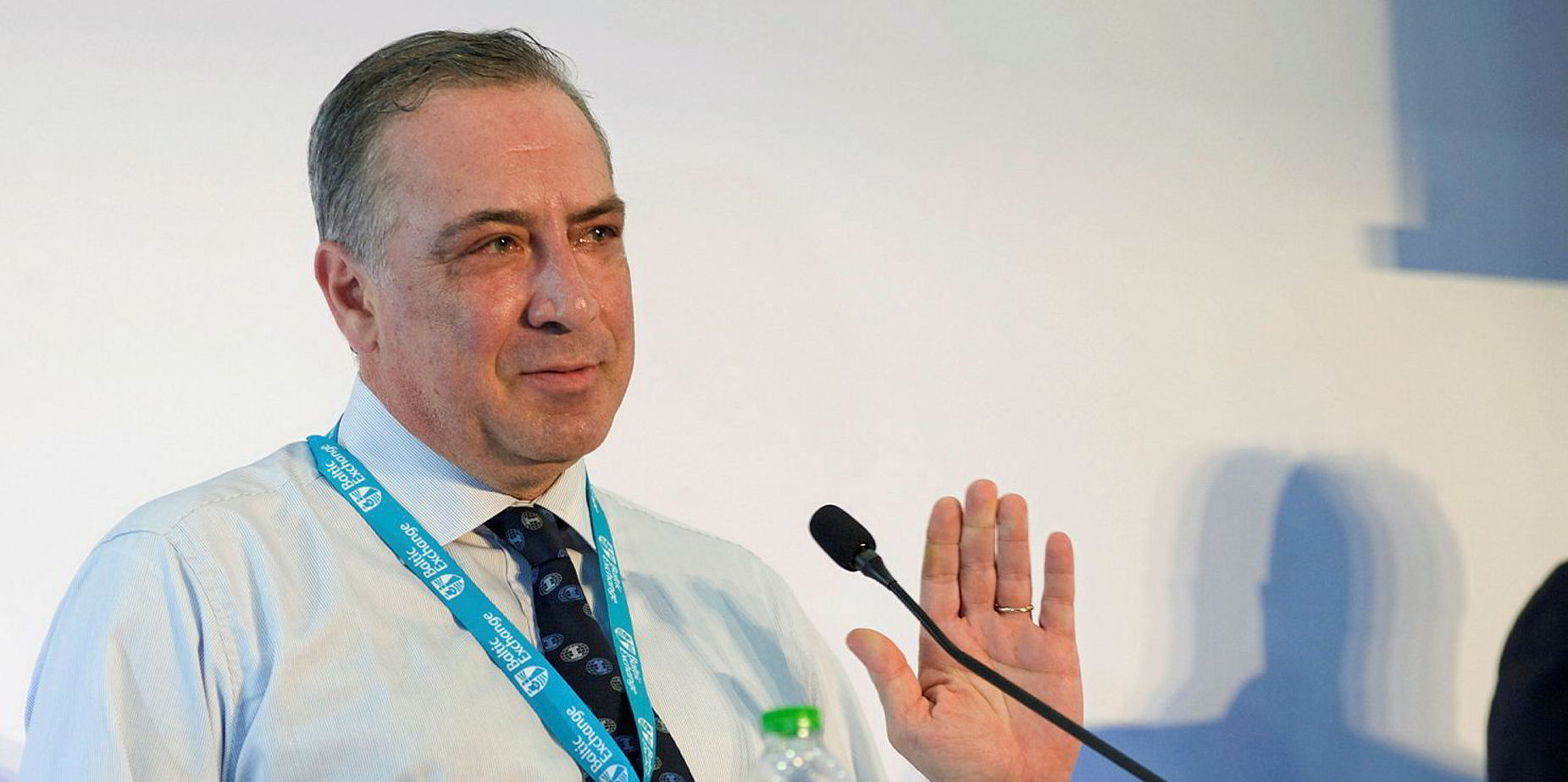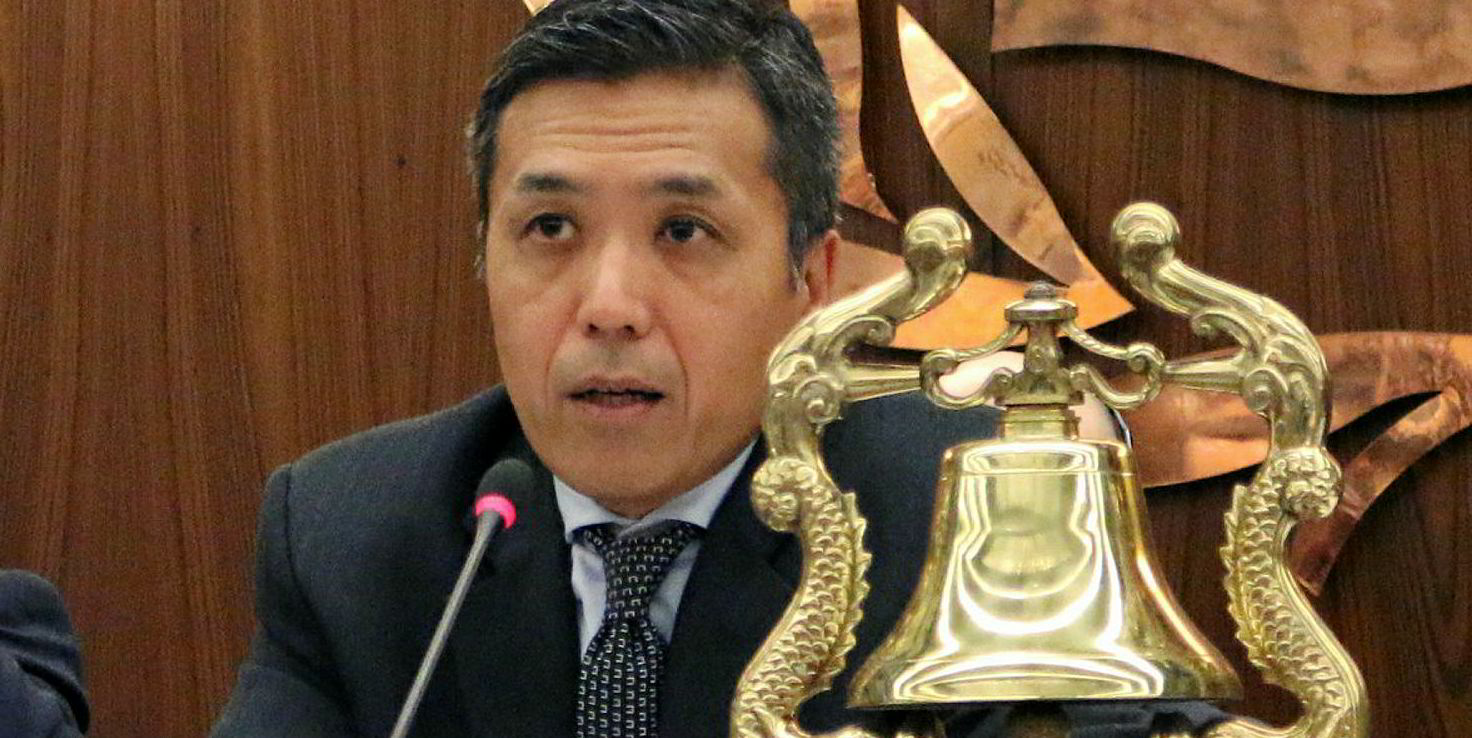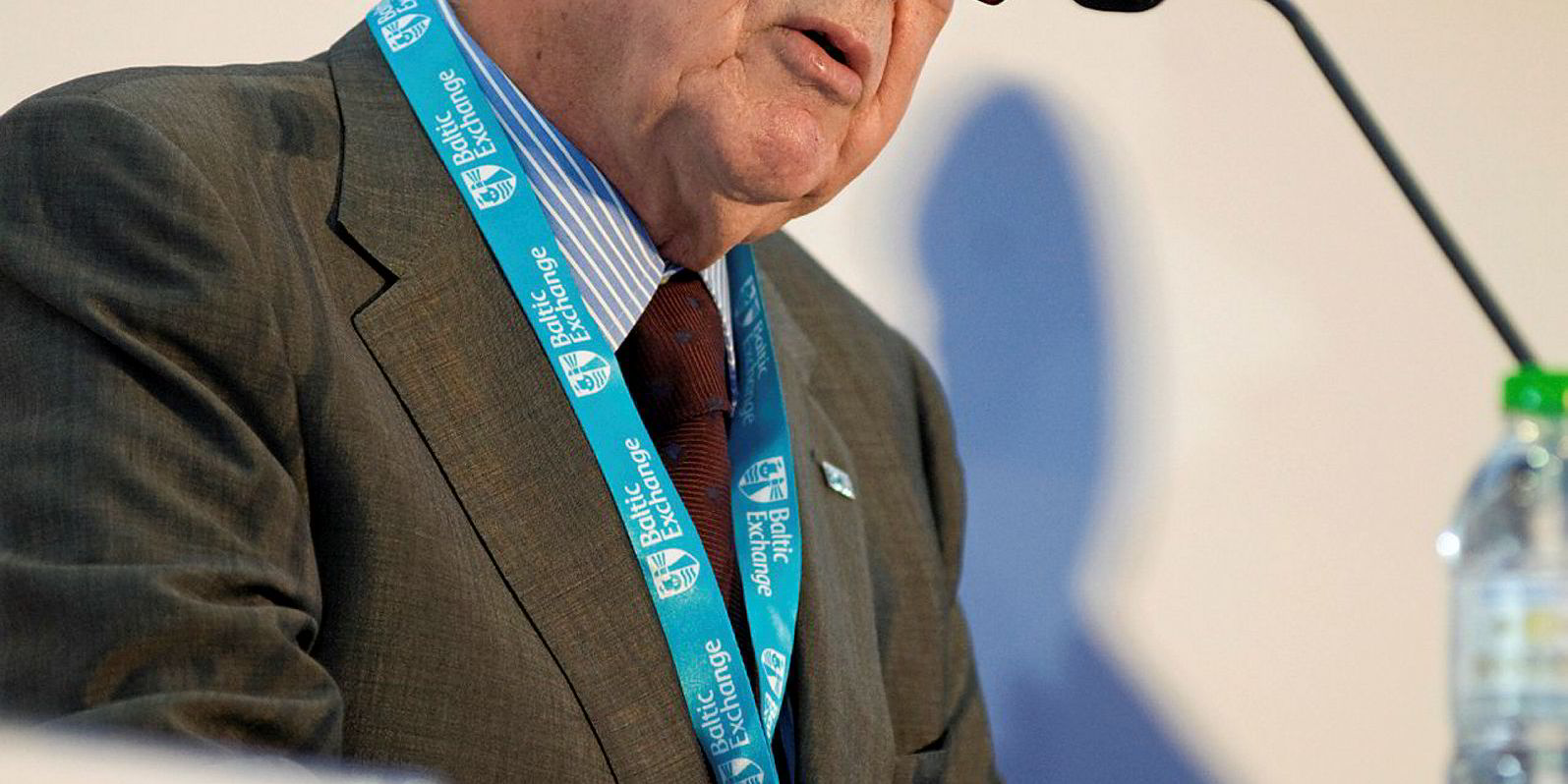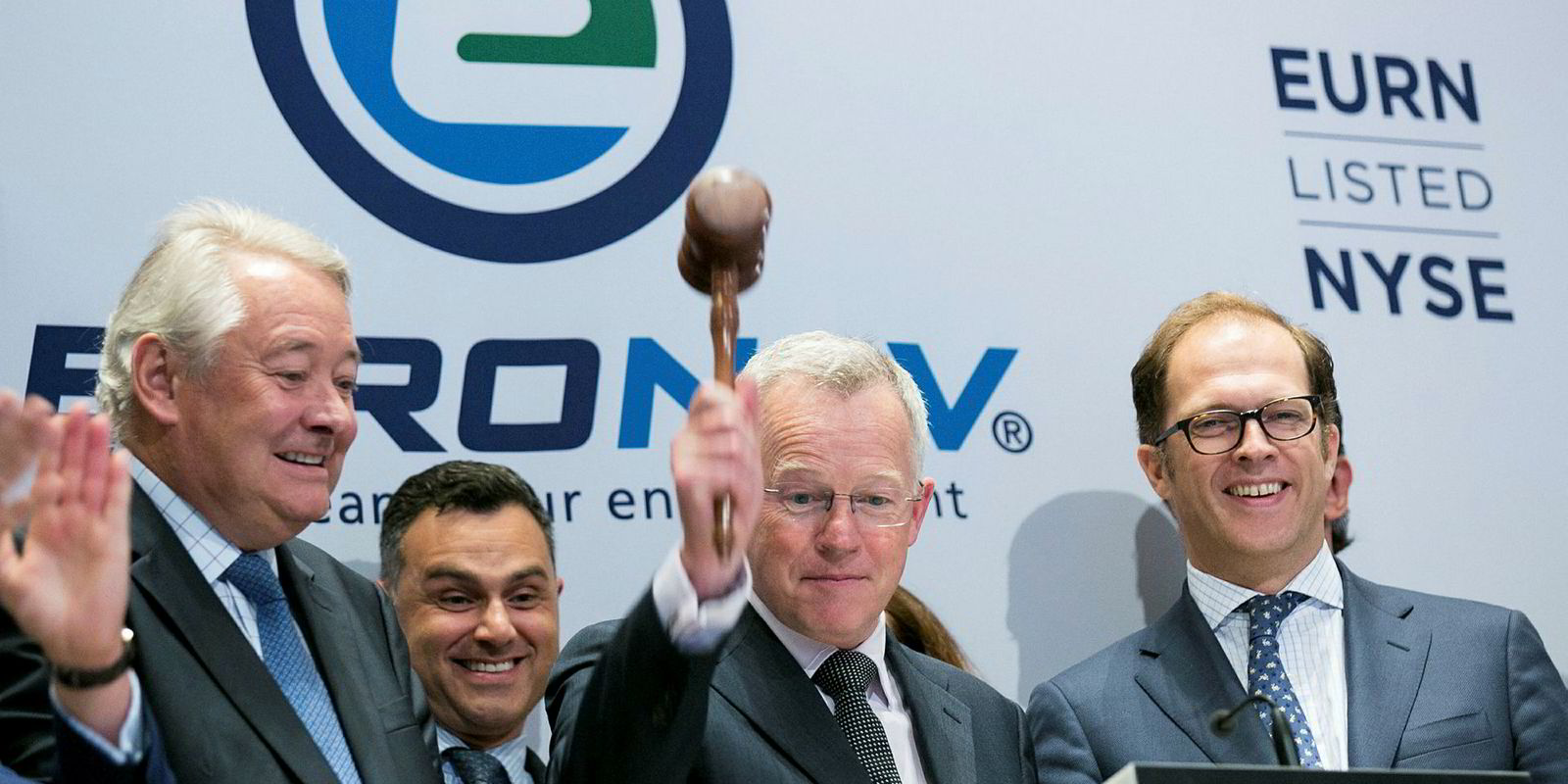A key meeting has removed any doubt over the IMO’s commitment to enforcing a global 0.5% limit on the sulphur content of marine fuel from January 2020.
The Marine Environment Protection Committee (MEPC) took two key decisions that sent a signal to the industry that it should ramp up preparations for the new regulation.
The shipping community got the message.
“There’s not a one-in-a-million chance of the implementation date being postponed, so let’s not waste time on this [debate],” European Community of Shipowners’ Associations president Panos Laskaridis said at a Capital Link conference in Athens this week.
Carriage ban
First, the MEPC agreed to mandate a ban on the carriage of high-sulphur fuel oil after 1 March 2020 in Marpol Annex VI, the convention covering air pollution from ships.
Although the IMO deadline kicks in on 1 January 2020, the ban on the carriage of fuel is intended as an extra measure to ensure there is strict compliance and no breach of the regulation.
However, ships with technology such as exhaust scrubbers will be allowed to carry high-sulphur heavy fuel oil.

The second key decision was not to adopt a proposal for an “experience-building” phase to be introduced in early 2020 to assess fuel availability and safeguard against fuel-quality isses.
Although the proposers, including leading open registers Liberia, the Bahamas and the Marshall Islands, went to great lengths to emphasise they were not seeking a delay to IMO 2020, it was seen as potentially opening the door for a soft implementation of the regulation in its initial months. The proposal’s sponsors have now been asked to submit alternative proposals to the next MEPC meeting in the spring.
This compromise leaves a “bittersweet” taste, said Nikolas Tsakos, attending the talks in London in his capacity as chairman of Intertanko.
Experience building
“The result was not a home run, as they say in America, but it still leaves a window for the experience-building phase that most shipping nations have requested,” added Tsakos, who is chief executive of Greece’s Tsakos Energy Navigation.
To tackle quality issues related to low-sulphur fuel oil, the committee is issuing guidelines to IMO member states and suppliers on best practice for the monitoring and supply of fuel.

Progress was also made on measures to reduce greenhouse gas emissions. As reported by TradeWinds, the energy efficiency index for newbuildings is to be tightened up. Containerships now look certain to have their target of a 30% improvement in energy efficiency by 2025 raised to 40% and brought forward to 2022. Reefers, LNG carriers, ro-ro ships and general cargoships are also likely to have their 2025 emissions reduction targets brought forward to 2022.
However, the 2025 targets for bulkers and tankers will remain unchanged. Japan is also arguing that the efficiency improvement targets for VLOCs be reduced, contending that there was insufficient data when the original targets were drawn up.
Short-term measures
The IMO has asked for proposals for short-term measures to reduce greenhouse gases, which can be adopted in the next five years. One such measure, which several European owners want to see on the agenda, is slow-steaming.
“Imposing large mandatory speed reductions will be impossible,” admitted Laskaridis, who therefore proposed a 20% speed cut.
Half of that should be mandatory and half voluntary, he said, recommending that owners who do not use the voluntary quota should have to contribute to a green fund.






